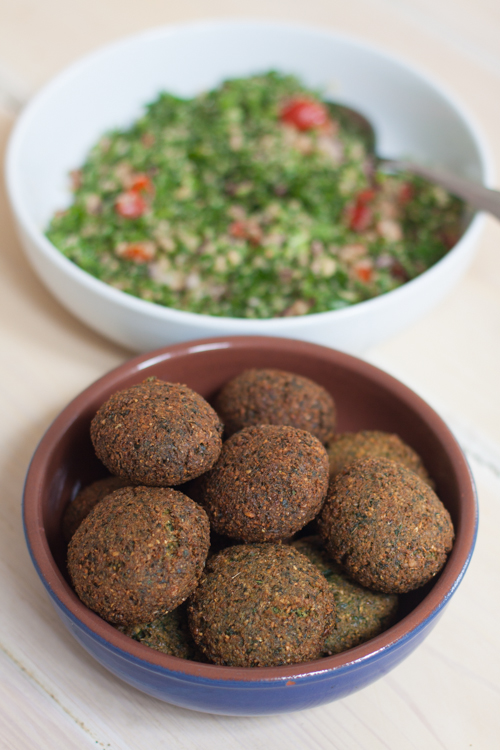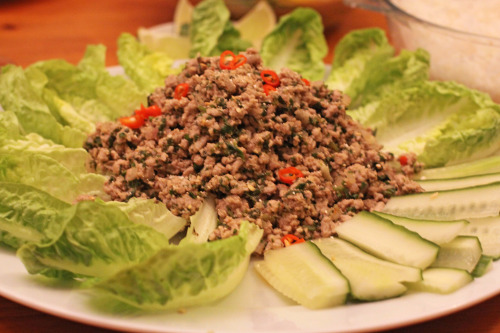Pork and prawn wontons with coriander and water chestnuts
 Sunday, January 8, 2012 at 10:33PM
Sunday, January 8, 2012 at 10:33PM Happy New Year everyone! With New Year comes resolutions and one of mine is to start cooking again and writing about it.
I spoke to my Dad this morning and he was telling me about a rendang curry recipe he has been working on. I told him he ought to write it up for my blog,
“It’s been ages since you wrote me a post, Dad”
“It’s been ages since you wrote a recipe; when are you going to finish with South America? I’m bored.”
So am I.
“I’ve been busy, Dad. You know, finding a job, moving house and with Mum and Cha here. Plus I still had stuff I wanted to write about... I am going to start writing recipes again soon though.”
“When?”
“Today!”
So here I am.
 Vix |
Vix |  6 Comments |
6 Comments | 

